The level of interest in dairy beef systems was clear for all to see on Tuesday at the Thrive dairy calf-to-beef open day in Cashel, Co Tipperary.
Large crowds gathered to learn more and discuss challenges and opportunities within the sector.
While there was great detail covered at each stand, which is detailed in the open day booklet available here, the key messages can be summarised into the following points.
Profit
From the financials stand, we heard that dairy calf-to-beef systems can be profitable, provided calf quality is good, combined with a high level of technical efficiency.
On the demo farm, last year’s stock left, on average, a net margin of €357/ha, ranging from €277/ha up to €457/ha, depending on the system employed.
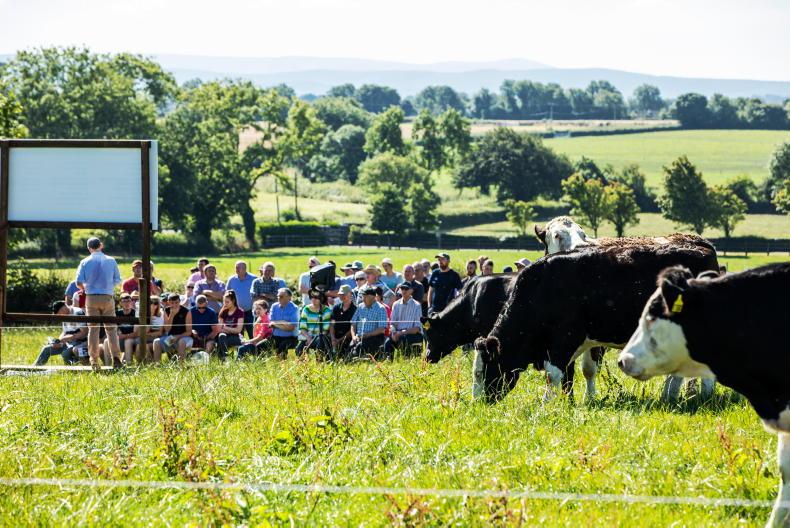
All 300 stock were on show on the day. This batch of 2021-born bullocks were averaging 510kg.
The most profitable system on the demo farm was the early-maturing (Aberdeen Angus and Hereford) bullock finished off grass at the end of the second grazing season.
High beef merit bulls
At the genetics stand, the key message was that calf quality coming from the dairy herd needs to improve.
Since the introduction of the dairy beef index (DBI) and through a lot of work done by the genetics companies improving the dairy beef offering to farmers in recent years, the year-on-year decline in carcase weight and reducing carcase conformation seems to have been halted, but there remains a huge job of work to be done.
Beef merit of dairy cow
The Thrive programme is showing the potential that lies within the use of high-beef merit AI sires.
However, it is also becoming apparent that we cannot ‘beef breed’ our way out of this problem.
Where the beef merit of the dairy cow is so low, no matter what bull we put on that cow, the resultant calf is going to be of low genetic beef merit.
The weighting of the beef merit within the economic breeding index (EBI) needs to be looked at and increased.
Genomics
All of these actions will only happen if and when farmers have accurate data on the quality of calf at the time of purchase.

Host farmer John Hally and IFJ dairy editor Aidan Brennan discussing the grassland management strategies on the farm.
We need to get to DNA tagging every calf at birth and then to have commercial beef values (CBV) made available to farmers on mart boards or wherever calves are being purchased.
Calf rearing and animal health
Good calf rearing begins on the dairy farm, with farmers ensuring calves get adequate high-quality colostrum and correct care in the first days of their lives.
Mortality across the Thrive programme is <3% and is <1% on the Hally farm.
Getting calves off to a good start is a combination of purchasing calves from known, reliable sources, a vaccination programme being in place and a high level of management and care.
Calves are vaccinated for pneumonia and clostridial diseases during the rearing phase.
To ease the transition to grass, calves are let out by day and in by night, while still on once-a-day feeding.
When calves are turned out fully, a roughage source (straw) is provided to prevent against summer scours.
Grassland
At the grassland stand, the importance of maximising the contribution of grazed grass to the diet was emphasised.
The demo farm grew 11.7t DM/ha in 2021, almost 50% more than what the average drystock farmer is estimated to grow each year.
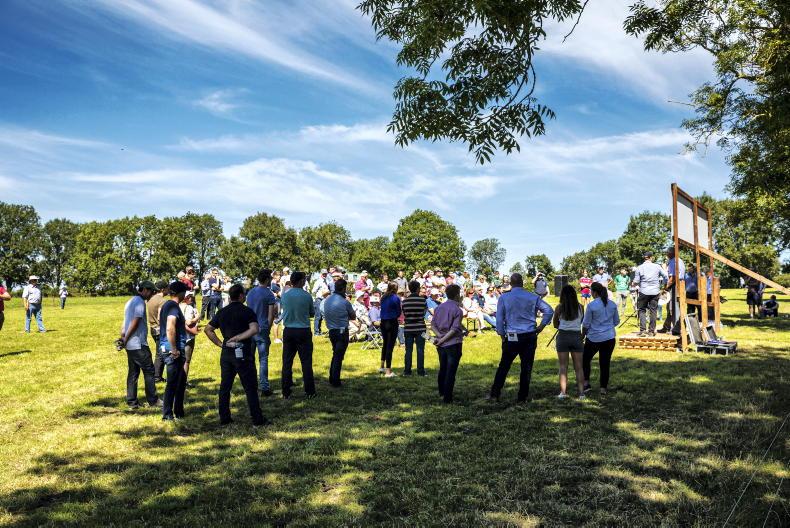
Keeping it cool - attendees making the most of the shade at the grassland stand.
This allows the farm to keep concentrate input quite low, despite a young slaughter age and almost 300kg carcase weight.
The importance of high-quality grass silage was also outlined, with a minimum quality of 70% DMD required to make the system work.
Soils/sustainability
There was a focus on soil and input reduction on the farm sustainability stand.
John Hally’s soil is in excellent condition, with 84% at optimum levels for soil pH, phosphorus and potassium. This excellent soil health was evident from the good growth of grass on the farm. The drier land allows for a long grazing season.
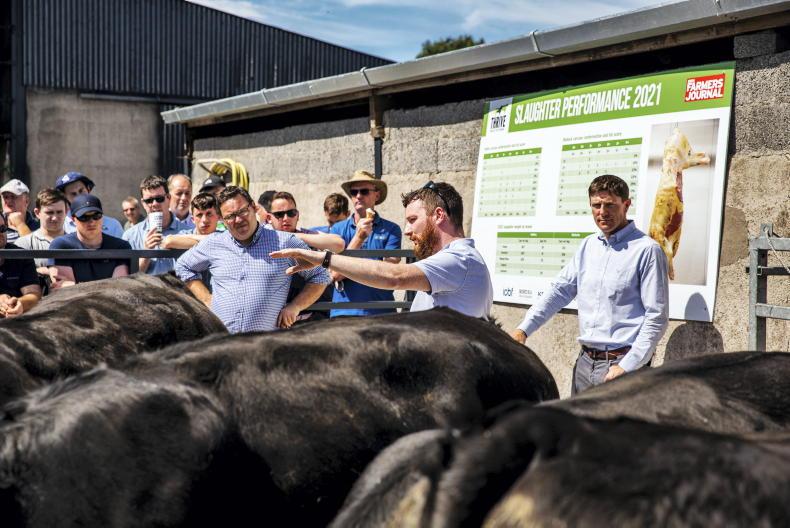
IFJ beef and suckler editor Adam Woods; Thrive programme manager Declan Marren; and senior manager, meat and livestock, at Bord Bia Joe Burke discussing finishing strategies for various stock types on the farm.
Lower emissions slurry spreading (LESS) techniques, protected urea and efficient use of nutrients were all discussed as ways to improve economic and environmental sustainability and protected urea threw up a few common questions.
Should I spread protected urea or CAN from now on?
Any fertiliser should not be spread during the current dry weather, as it will sit on the ground, so wait for moisture and some light rain.
Protected urea will reduce emissions, whereas CAN is still at risk of releasing nitrous oxide emissions.
Can I reduce the rate of protected urea?
Teagasc research is showing that because protected urea is losing very little nitrogen to the air, the rate should be lowered.
Where 40kg/ha of urea is spread, that can be cut down to 34kg/ha of protected urea and the effective nitrogen from both applications is 34kg/ha, according to Teagasc.
The level of interest in dairy beef systems was clear for all to see on Tuesday at the Thrive dairy calf-to-beef open day in Cashel, Co Tipperary.
Large crowds gathered to learn more and discuss challenges and opportunities within the sector.
While there was great detail covered at each stand, which is detailed in the open day booklet available here, the key messages can be summarised into the following points.
Profit
From the financials stand, we heard that dairy calf-to-beef systems can be profitable, provided calf quality is good, combined with a high level of technical efficiency.
On the demo farm, last year’s stock left, on average, a net margin of €357/ha, ranging from €277/ha up to €457/ha, depending on the system employed.

All 300 stock were on show on the day. This batch of 2021-born bullocks were averaging 510kg.
The most profitable system on the demo farm was the early-maturing (Aberdeen Angus and Hereford) bullock finished off grass at the end of the second grazing season.
High beef merit bulls
At the genetics stand, the key message was that calf quality coming from the dairy herd needs to improve.
Since the introduction of the dairy beef index (DBI) and through a lot of work done by the genetics companies improving the dairy beef offering to farmers in recent years, the year-on-year decline in carcase weight and reducing carcase conformation seems to have been halted, but there remains a huge job of work to be done.
Beef merit of dairy cow
The Thrive programme is showing the potential that lies within the use of high-beef merit AI sires.
However, it is also becoming apparent that we cannot ‘beef breed’ our way out of this problem.
Where the beef merit of the dairy cow is so low, no matter what bull we put on that cow, the resultant calf is going to be of low genetic beef merit.
The weighting of the beef merit within the economic breeding index (EBI) needs to be looked at and increased.
Genomics
All of these actions will only happen if and when farmers have accurate data on the quality of calf at the time of purchase.

Host farmer John Hally and IFJ dairy editor Aidan Brennan discussing the grassland management strategies on the farm.
We need to get to DNA tagging every calf at birth and then to have commercial beef values (CBV) made available to farmers on mart boards or wherever calves are being purchased.
Calf rearing and animal health
Good calf rearing begins on the dairy farm, with farmers ensuring calves get adequate high-quality colostrum and correct care in the first days of their lives.
Mortality across the Thrive programme is <3% and is <1% on the Hally farm.
Getting calves off to a good start is a combination of purchasing calves from known, reliable sources, a vaccination programme being in place and a high level of management and care.
Calves are vaccinated for pneumonia and clostridial diseases during the rearing phase.
To ease the transition to grass, calves are let out by day and in by night, while still on once-a-day feeding.
When calves are turned out fully, a roughage source (straw) is provided to prevent against summer scours.
Grassland
At the grassland stand, the importance of maximising the contribution of grazed grass to the diet was emphasised.
The demo farm grew 11.7t DM/ha in 2021, almost 50% more than what the average drystock farmer is estimated to grow each year.

Keeping it cool - attendees making the most of the shade at the grassland stand.
This allows the farm to keep concentrate input quite low, despite a young slaughter age and almost 300kg carcase weight.
The importance of high-quality grass silage was also outlined, with a minimum quality of 70% DMD required to make the system work.
Soils/sustainability
There was a focus on soil and input reduction on the farm sustainability stand.
John Hally’s soil is in excellent condition, with 84% at optimum levels for soil pH, phosphorus and potassium. This excellent soil health was evident from the good growth of grass on the farm. The drier land allows for a long grazing season.

IFJ beef and suckler editor Adam Woods; Thrive programme manager Declan Marren; and senior manager, meat and livestock, at Bord Bia Joe Burke discussing finishing strategies for various stock types on the farm.
Lower emissions slurry spreading (LESS) techniques, protected urea and efficient use of nutrients were all discussed as ways to improve economic and environmental sustainability and protected urea threw up a few common questions.
Should I spread protected urea or CAN from now on?
Any fertiliser should not be spread during the current dry weather, as it will sit on the ground, so wait for moisture and some light rain.
Protected urea will reduce emissions, whereas CAN is still at risk of releasing nitrous oxide emissions.
Can I reduce the rate of protected urea?
Teagasc research is showing that because protected urea is losing very little nitrogen to the air, the rate should be lowered.
Where 40kg/ha of urea is spread, that can be cut down to 34kg/ha of protected urea and the effective nitrogen from both applications is 34kg/ha, according to Teagasc.








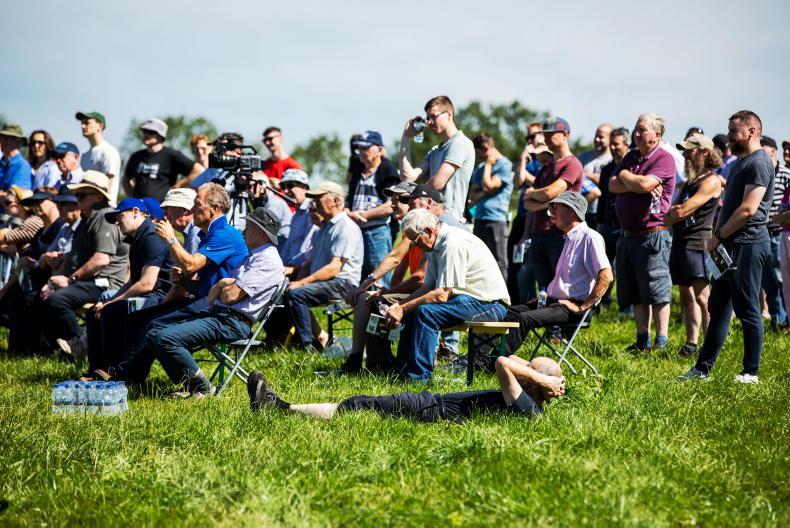
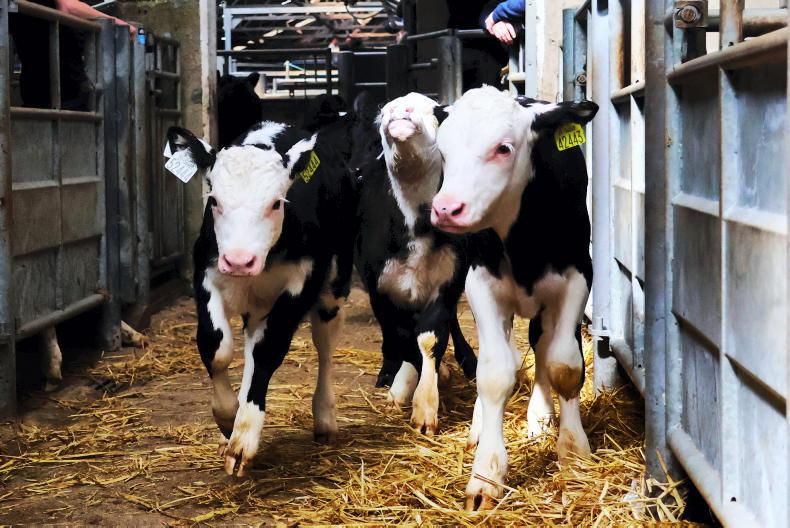
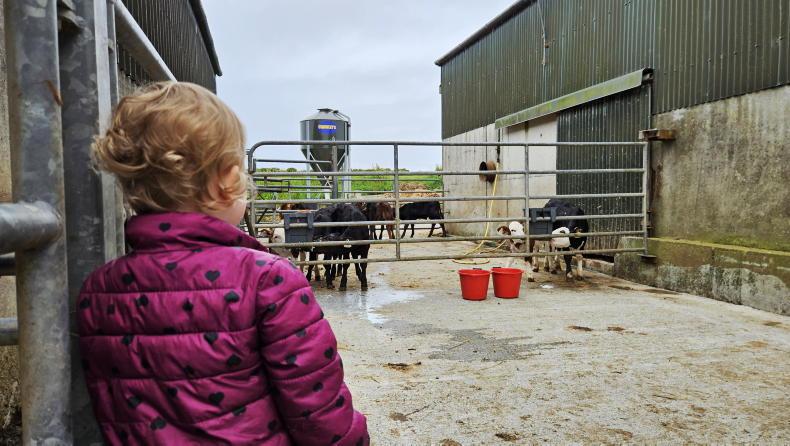


SHARING OPTIONS